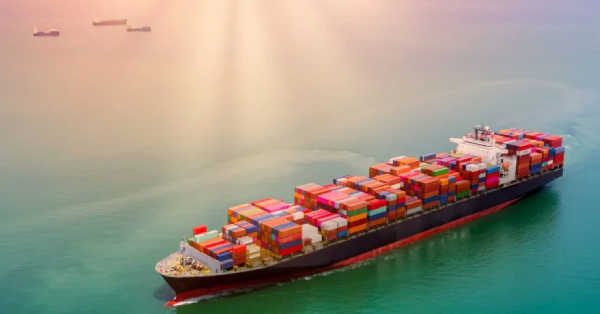Drewry expects the global pool of container equipment to contract by 2% in 2023 as trade growth remains weak and owners dispose of more equipment. In 2023, Drewry anticipates global container handling activity to increase by just 1% to 870.7 mteu. While inflation remains stubbornly high in several economies, it is generally in decline and personal consumption and corporate investment in many countries are envisaged to increase through 2H23.Nonetheless, there are still too many containers in the global pool than needed to support existing and short-term trading prospects and vessel slot operating capacity. Consequently, lessors and transport operators remain focused on adjusting their fleet according to current market conditions to improve utilisation rates.
In 2Q23, lessors’ box utilisation levels slipped to 97%, the lowest level since 3Q20 when the world was still only just recovering from economic lockdown. This means that sales of used boxes to the secondary market will remain high in 2H23 as owners shed surplus and ageing equipment, while the appetite for ordering new containers will be weak. Total production this year is unlikely to exceed 1.9 mteu, its lowest level in 14 years.
Thereafter, newbuild box production is forecast to recover on the back of rising containerised trading volumes, an increasing need by owners to replace ageing containers and record deliveries of ULCV and large neo-Panamax-class ships. By 2027, Drewry projects that the global pool of containers will total over 56 mteu, representing average annual growth of around 3%.
While lessors will see their share of the market fall again this year, it is expected to recover from 2024 as deteriorating liner profitability drives carriers back to the leasing market. By the end 2027 the sector is expected to control over 52% of the fleet, according to Drewry projections.
Newbuild dry freight container prices started recovering at the start of the year, following six consecutive quarterly declines, but remain some 25% above their pre-pandemic 5-year average. Prices of newbuild reefer containers have also recovered, but to levels broadly commensurate with their pre-pandemic period average, while tank prices continue to weaken. Used dry freight container values have continued to soften owing to high disposal rates, but prices are expected to stabilise as destocking recedes.
Drewry expects the recovery in fleet growth to support moderate inflation in newbuild dry freight and reefer container prices over the next 5 years. However, per diem rates are forecast to recover at a faster pace, driven by increased carrier demand for leased containers, which will help support lessors’ initial cash returns.
Source: Drewry









































